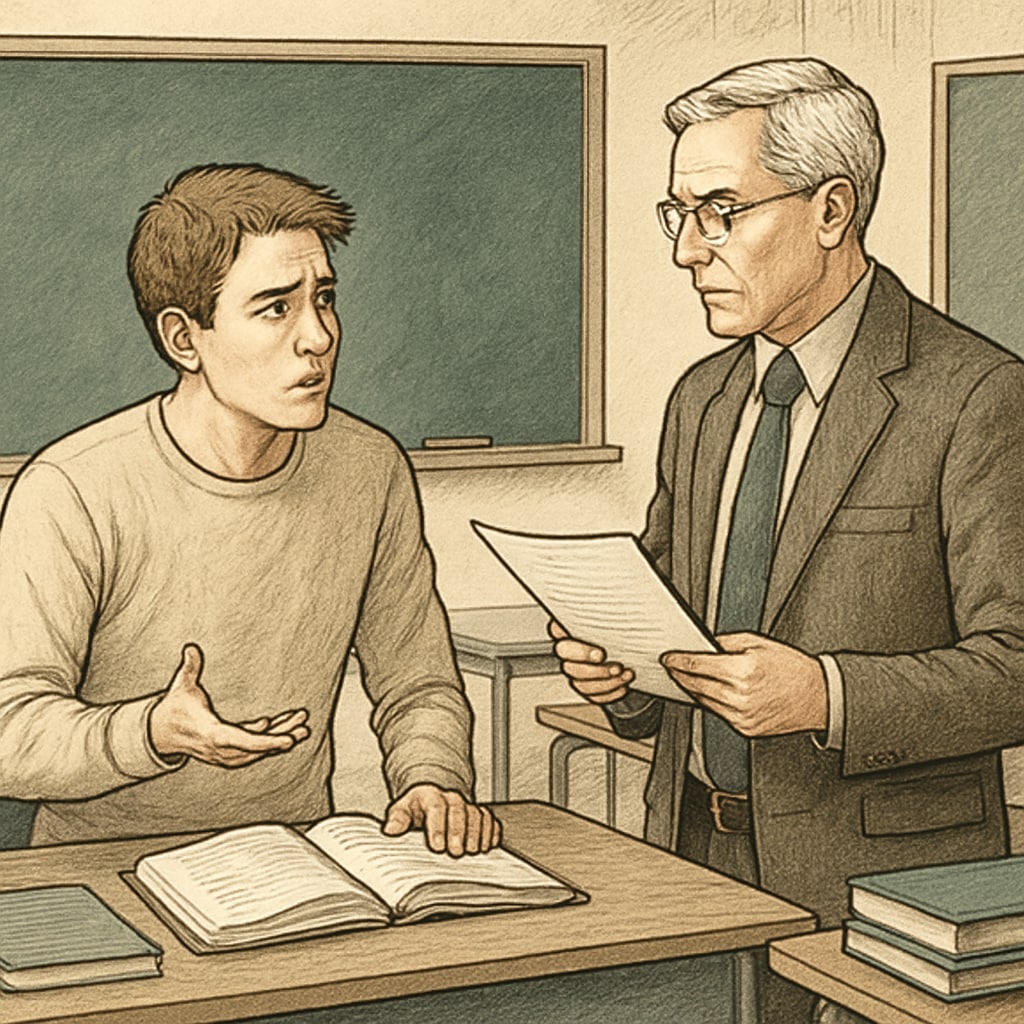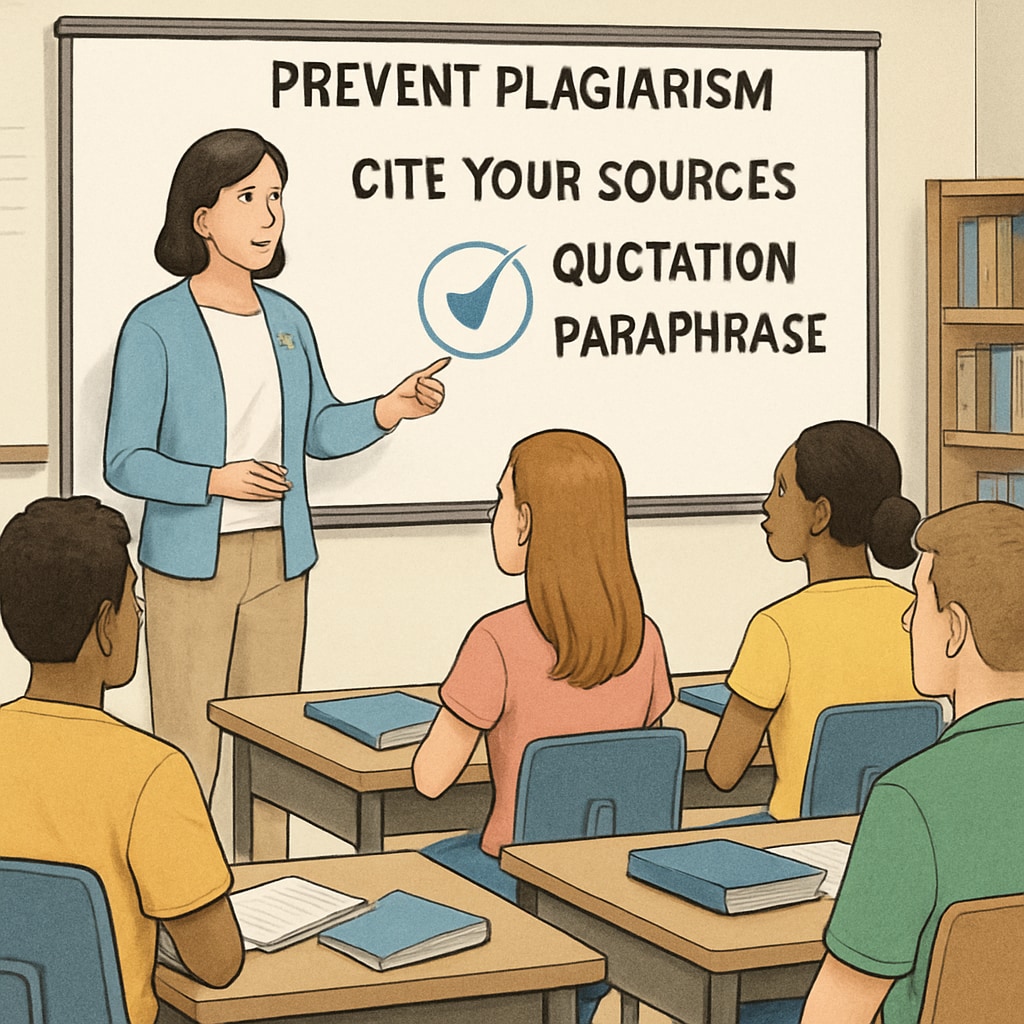Academic integrity is the cornerstone of education, but its pursuit can sometimes have unintended consequences. When professors wrongly accuse students of plagiarism, the impact on the accused can be profound. Such incidents not only undermine trust but also jeopardize the mental well-being and academic confidence of students. While combating academic dishonesty is essential, fostering fairness and transparency in the evaluation process is equally critical.
Understanding the Impact of Wrongful Plagiarism Allegations
Being accused of plagiarism is a serious matter, especially for students in K-12 education who are still developing their academic identities. When such accusations are made unfairly or without sufficient evidence, the consequences can be long-lasting. For example, students might feel stigmatized, lose confidence in their abilities, or even develop anxiety about future assessments.
Furthermore, wrongful allegations can strain the student-professor relationship, turning what should be a foundation of mentorship into one of mistrust. Research has shown that a supportive academic environment is crucial for fostering creativity and innovation. However, when students feel they are under constant suspicion, their willingness to take intellectual risks diminishes. This is particularly concerning in fields that rely on original thought and problem-solving.

How Academic Integrity Systems Fall Short
Academic integrity systems often rely on tools like plagiarism detection software and subjective assessments. While these tools are useful, they are not infallible. Plagiarism detection software, for example, can produce false positives, flagging common phrases or widely accepted ideas as plagiarized. Professors who rely solely on such tools without contextual analysis risk making flawed judgments.
Additionally, unconscious biases can influence how professors handle plagiarism accusations. For instance, students who come from non-traditional academic backgrounds or who struggle with language barriers may be more likely to face scrutiny. This highlights the need for a more equitable approach to academic evaluation.
To address these shortcomings, institutions should invest in training professors to recognize the limitations of plagiarism detection tools and to assess academic work holistically. Transparency in the accusation process, including clear communication with the student and an opportunity to defend their work, is also essential.
Building a Fairer Academic Integrity Framework
To balance the need for academic integrity with the rights of students, several reforms can be implemented:
- Transparent Processes: Institutions should establish clear guidelines for handling plagiarism accusations, ensuring that students understand their rights and the steps involved in the review process.
- Training for Professors: Regular workshops on academic integrity, unconscious bias, and the limitations of detection tools can help professors make more informed decisions.
- Student Support Systems: Providing access to academic advisors and mental health resources can help students cope with the emotional impact of wrongful accusations.
- Focus on Education: Instead of punitive measures, institutions should prioritize educating students about proper citation practices and the value of originality.
By implementing these measures, schools can create an environment where academic integrity is upheld without compromising fairness and respect for students.

Conclusion: Striving for Balance in Academic Integrity
While the pursuit of academic integrity is vital, it must be balanced with fairness and empathy. Professors play a pivotal role in shaping students’ academic journeys, and wrongful accusations of plagiarism can have far-reaching consequences. By adopting transparent processes, investing in training, and fostering a supportive environment, institutions can ensure that academic integrity serves as a tool for growth rather than a weapon of unintended harm.
Ultimately, the goal of education is to inspire and empower students. Ensuring fairness in the enforcement of academic integrity is a critical step toward achieving this mission.
Readability guidance: The article uses short paragraphs and lists to summarize key points. Active voice is prioritized, and transitional words ensure a seamless flow between ideas. The use of examples and solutions makes the content practical and actionable.


